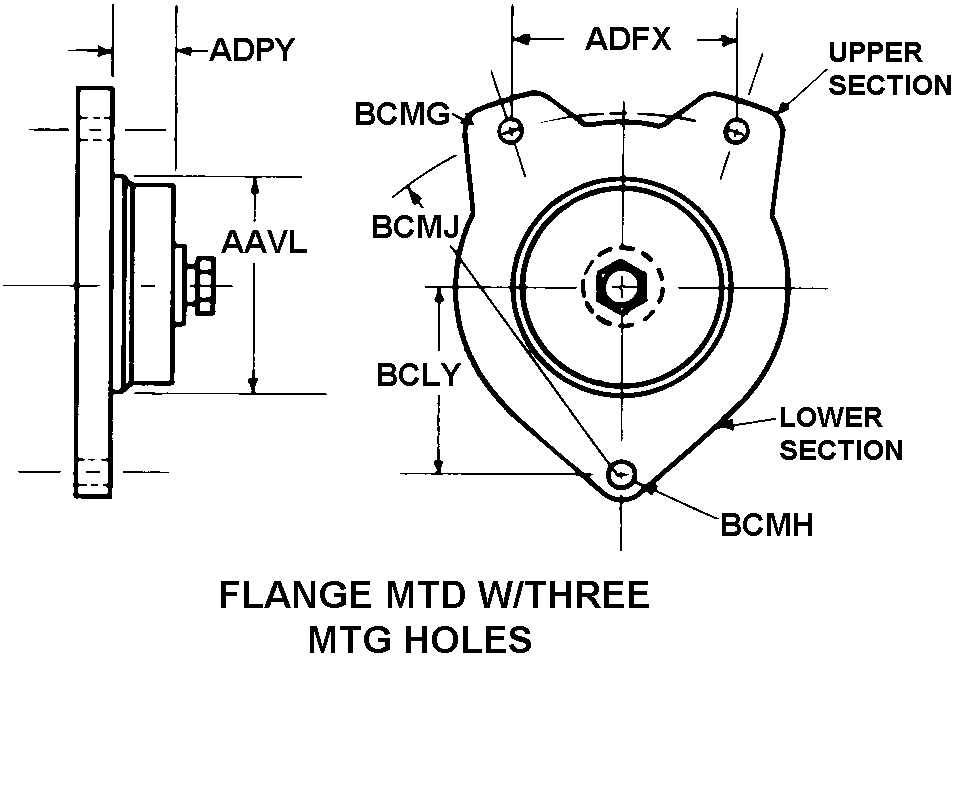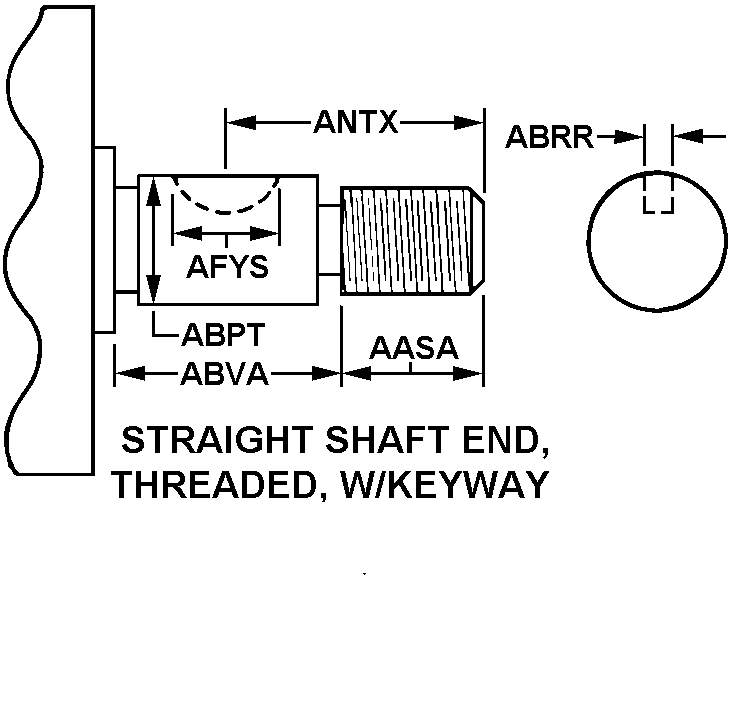2920004046984
Price Quote Get an up to date pricing and availability quote for this product. Order online or over the phone.
Quality Commitment
Serving our customers with quality and safety first.
- AS9120 Certified
- Audited supply chain
- ITAR Registered
- DDTC Registered
- HAZMAT Certified
- Customer service objectives
- Every product 100% inspected

2920-00-404-6984 Specification Set by the OEM (see RNCC code 3)
RIGHT-Hand
0.650in. ⁓21/32"
3.247in. and 3.249in.
cooling fan and fan shroud and oil deflector and woodruff key
0.7491 mils and 0.7496 centimeters
0.156in.
1.320in.
flange mtd w/three mtg holes
3.605in. and 3.645in.
0.150 mils and 0.170 centimeters
0.750in.
nonsubmersible
counterclockwise
1.312in.
0.500in.
negative or positive
1760
24.0
external
straight shaft end, threaded, w/keyway
3.052in. and 3.072in.
0.470in. and 0.530in.
0.467in. and 0.477in.
5.865in. and 5.885in.
unf
2a
20
12.0
engine electrical system, nonaircraft
Cross Reference Parts Part numbers that meet the specification outlined on this page and set by the OEM
Identification Item Identification Guide (IIG) and Item Name Code (INC)


Definition Definition of approved item name (AIN): "GENERATOR,ENGINE ACCESSORY"
A generator primarily designed to be mounted on an internal combustion engine, and to be driven by the engine to keep the battery in a charged condition. May also supply current for the engine ignition system and/or electrical equipment which is connected to the battery circuit. Includes alternating current generators designed for use with a rectifier. Excludes the major generator of "generating sets". For generators specifically designed for aircraft use and not mounted on the engine, see generator, direct current.
2920-00-404-6984 Material Hazmat, Precious Metals, Criticality, Enviroment, and ESD
Indicates there is no data in the hmirs and the nsn is in a fsc not generally suspected of containing hazardous materials.
Precious metal content is unknown
The item does not have a nuclear hardened feature or any other critical feature such as tolerance, fit restriction or application.
Identification Codes
HMIC: Hazardous Material Indicator Code. A one position code that identifies a hazardous item.
PMIC: Precious Metal Indicator Code. A one position code which identifies items that have precious metals as part of their content. precious metals are those metals generally considered to be uncommon, highly valuable, and relatively superior in certain properties such as resistance to corrosion and electrical conductivity.
ESD: Electrostatic Discharge. Indicates if an item is susceptible to electrostatic discharge or electromagnetic interference damage. electrostatic discharge damage occurs when an accumulation of static electricity generated by the relative motion or separation of materials is released to another item by direct contact. electromagnetic interference damage occurs when an item comes into proximity with an electrostatic or magnetic field.
ENAC: Enviromental Attribute Code. Identifies items with environmentally preferred characteristics.
CRITL: Criticality Indicator Code. Indicates an item is technically critical by tolerance, fit, application, nuclear hardness properties, or other characteristics.






